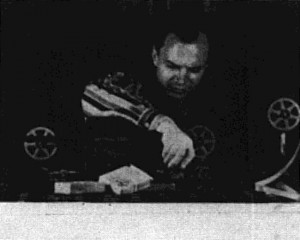
"A humorous experiment in the art of making a lip sync motion picture with magnetic sound. Even short productions can overcome the producer with startling results. Dr. Crane's "Production Able" indicates the first of a series and we are already looking forward to "Production Baker". Many will recall his "Show of Hands" in the 1958 Contest" PSA Journal, Nov. 1959, 47.
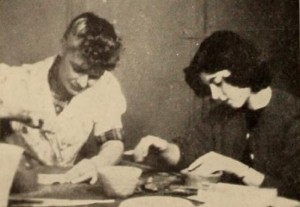
"A joint project of the members of the Motion Picture Photography Class of the Westchester Workshop, in White Plains, N. Y., Recreation Handmade is notable for its evenness of camera work. It presents in a naturally episodic fashion various handiwork classes available to children and adults of the community. If you like to work with your hands, this film will make you eager to enroll in one of the many activities offered — which, of course, is the purpose of its production. A rather full commentary describes how the courses work. Walter Bergmann, as instructor of the motion picture course, proves with his pupils' film that practical movie making can be taught — and taught well." Movie Makers, Dec. 1949, 470-471.
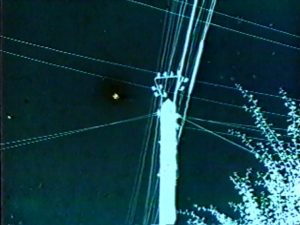
"The little-known experimental film residue 2 credited to one "Angus Hanson," was probably made in 1940s Vancouver or Toronto. (No specific landmarks from either city have been identified.) "Angus Hanson" may have been a pseudonym used by film buff and cineaste Oscar C. Burritt (1908-1974), who worked in Vancouver film before moving to Toronto in 1947. He later worked for CBC Television in Toronto, where he also co-founded, and was very active in, the Toronto Film Society. residue 2 is similar (in content, style and technique) to the experimental film "and-" [ca. 1940-41], made in Vancouver by Dorothy Fowler and Margaret Roberts. Both films combine found footage with hand-painted and scratched film stock. (Note: Oscar Burritt married Dorothy Fowler in January 1942.)"--D.J. Duffy, 2025
"Experimental film. A collage film combining found footage (on mixed film stock) with hand-painted stock and hand-scratched stock leader. No readily identifiable locations are shown." (BC Archives)
"The authorship and origins of this unusual film are not clear. Since it was found in the collection of cineaste Oscar C. Burritt [following his death], it is assumed to have been made by him as a response to the [experimental] film and-, made by his future wife Dorothy Fowler [Burritt]. The Kodachrome stock in the original film has the edge code for 1938; the hidden phrase "Help the people of Denmark" may refer to the Nazi occupation of that country in 1940." (BC Archives)
Some of the found footage used in residue 2 resembles scenes from Oscar Burritt films, including "Three There" and "[Pier D fire, Vancouver]". (D.J. Duffy, 2025)
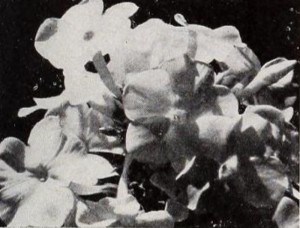
"Revelation indeed reveals the slow, but intense, life of flowers as they unfold. Hans J. Theiler, who built a special mechanism for the purpose, has made time lapse studies of blooms in their determined efforts to find sunlight. Other flowers lose as well as open. The time lapse sequences are preceded by closeup footage of various blooms impeccably filmed. In the chief section of the picture, Mr. Theiler has caught very dextrously the unusual and almost terrifying performances of plants as they carry on their exceedingly active careers. The time lapses are exceptionally smooth." Movie Makers, Dec. 1944, 496.
"A black-and-white silent animation, which Kaneko himself described as a visualization of a musical score, Hungarian Rhapsodie. He experimented with visual geometric abstraction as a means to express the musical score, and this film was his first attempt to use the koma-otoshi technique (the technique being used for time-lapse photography or stop-motion animation)." - Noriko Morisue, "Filming the Everyday: History, Theory, and Aesthetics of Amateur Cinema in Interwar and Wartime Japan" (Yale University: PhD Dissertation, 2020): 99.
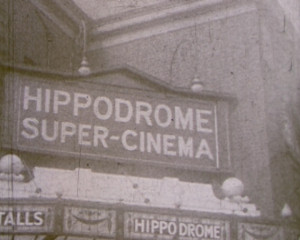
"Amateur filmmaker, cinema historian and railway engineer H.A.V. Bulleid pays tribute to his dual loves of cinema and rail in an experimental short film. Bulleid uses 'metric editing' - the first of Russian director Sergei Eisenstein's 'methods of montage' - in which cuts are dictated by the number and sequence of frames, not what occurs on screen. First, Bulleid pays tribute to cinema, featuring the facades of picturehouses around Derby in static shots, which build to a dazzling crescendo of short shots. The section on trains features longer views of the railyards in operation, with trains shunting and coming into the station, before a final section focuses on trams, following electric streetcars as they move down urban streets" (EAFA Database).
"Film about how to make films." Library and Archives Canada.
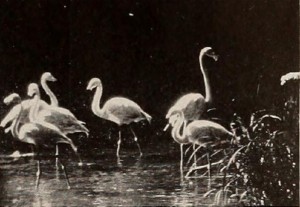
"By a clever editorial feat, Charles H. Benjamin has transformed a series of animal scenes which he filmed at New York City's Bronx Zoo into a pseudo travelog of the African game belt. He achieved this effect by simply cutting shots of heavily wooded streams into footage of the uncaged animals in the famous zoo, and the illusion is pointed up by some striking title frames. Mr. Benjamin's camera work matches his editorial insight, for his exposures and composition are first rate. His use of back lighting gives his shots of flamingoes and drowsing lions a brilliance that puts them far above the usual run of animal pictures." Movie Makers, Dec. 1946, 488.
"Misdirected medical research, with gruesome and very exciting consequences, is the basis of the plot of The Scalpel, a photoplay produced by Richard H. Lyford, with the aid of a group of boys and girls of high school age. The plot is extravagant, the story is rather too filled with amazing action, and there is not a doubt that the melodrama as a whole puts too great a burden on the acting ability of a group of young people, even though they are surprisingly able. Nevertheless, here is an amateur made thriller of the Frankenstein and werwolf tradition that really sends chills chasing down your spine. The transition of the unfortunate doctor into a demented and abnormal creature involved makeup that is really astonishing outside of a theatrical studio. It can't be said that the handling of the episode is any less convincing in this amateur production than are the same undertakings in the best Hollywood films of this nature. In addition to being really successful in its object, this picture offers some excellent technical work and very competent management of a large cast." Movie Makers, Dec. 1936, 550-551.
The noted female impersonator Charles Pierce is invited to visit to the home of Norma Desmond (of Sunset Boulevard [Billy Wilder, 1950]).
Total Pages: 9